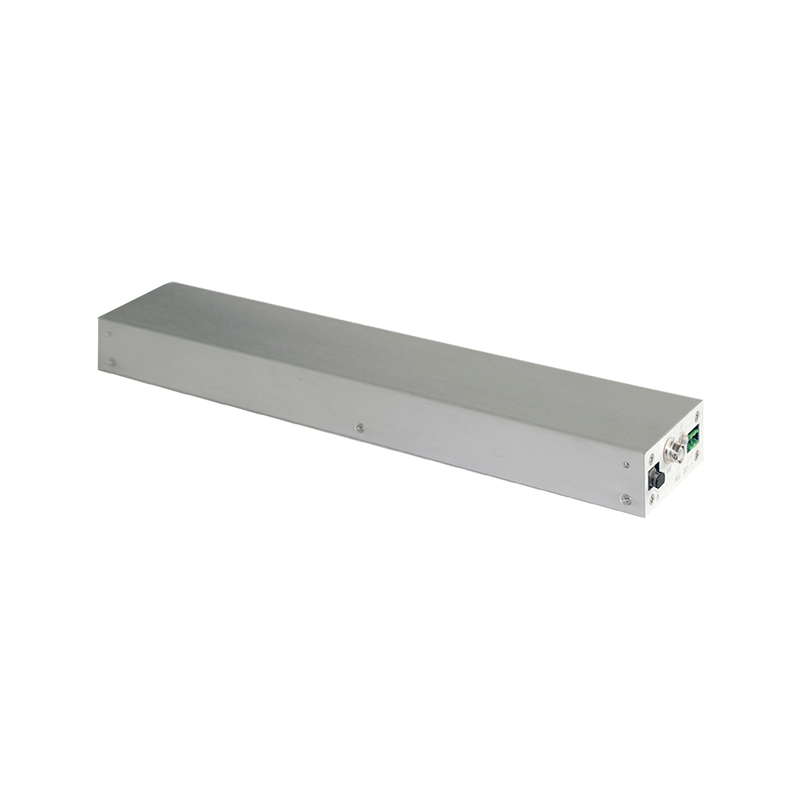Configuration Key Points of High-Voltage Power Supplies for Industrial CT
1. Introduction
Industrial CT (Computed Tomography), as a core non-destructive testing technology, relies on high-precision 3D imaging for component defect analysis. The configuration of its core component—high-voltage power supply—directly affects imaging resolution (down to micron level) and testing reliability. Compared with medical CT, industrial CT faces more complex working conditions (such as vibration, wide temperature range, and electromagnetic interference), so the high-voltage power supply configuration needs to balance stability, dynamic response, and environmental adaptability in multiple dimensions.
2. Key Technical Points of Core Configuration
(1) Topology and Power Level Adaptation
The X-ray tube of industrial CT puts forward special requirements for high-voltage power supplies:
Priority of high-frequency resonant topology: Adopting a combination of LLC resonance and phase-shift control (PS-PWM), zero-voltage switching is achieved in the frequency band of 100kHz~500kHz, reducing switching losses by more than 60%. In typical configurations, a 160kV/200mA power supply can increase efficiency to 92% through this topology, meeting the strict thermal loss restrictions of the X-ray tube.
Cascaded multilevel architecture: For high-voltage scenarios above 225kV, more than 12 low-voltage modules are connected in series (15kV per stage), and carrier phase-shifting technology (CPS-SPWM) is used to control the output ripple below 500mV, ensuring the signal-to-noise ratio (SNR>65dB) of projection data during imaging.
(2) Precise Matching of Electrical Parameters
Voltage stability and dynamic response:
Static index: Configure a long-term stability of 0.01%FS/hour, and suppress temperature drift (<50ppm/℃) through a dual closed-loop control (voltage outer loop + current inner loop).
Dynamic index: When the X-ray tube load changes abruptly (such as pulsed exposure), the voltage recovery time is required to be <10μs, and the overshoot is <0.5% to avoid imaging blur.
Ripple suppression technology:
A parallel scheme of LCπ-type filter network and active ripple compensator (ARC) is adopted to control the peak-to-peak value of ripple within 0.05%FS in the frequency band of 100Hz~10MHz, preventing artifacts caused by X-ray intensity fluctuations.
(3) Reliability Design and Environmental Adaptability
Heat dissipation and structural protection:
Micro-channel liquid cooling technology (coolant thermal conductivity >2.5W/m·K) is used to control the junction temperature of power devices below 125℃, and an IP65-level sealed housing is used to adapt to the workshop dust environment.
Seismic design: Optimize the transformer potting process (elastic modulus <500MPa) through ANSYS simulation to ensure that the core has no displacement under 50G impact.
Electromagnetic Compatibility (EMC):
The input stage is configured with a common-mode choke (impedance >10kΩ/10MHz) and a metallized film capacitor (DF<0.1%), meeting the CISPR 32 Class B radiation limit.
High-voltage cables use double-layer shielding (braided mesh + aluminum foil), and the grounding impedance is <0.1Ω to suppress crosstalk to the CT detector.
(4) Protection Circuit and Intelligent Monitoring
Multi-level fault protection:
Primary protection: Fast fuse (breaking time <100μs) is connected in parallel with solid-state relay (SSR) to deal with input overcurrent.
Secondary protection: Adopt arc detection algorithm (based on high-frequency current harmonic analysis) to cut off high voltage within 1μs of arc occurrence to prevent X-ray tube damage.
Digital monitoring system:
Embed an ARM Cortex-A53 processor, real-time collect more than 20 channels of parameters (voltage/current/temperature) through a 12-bit ADC, and support dual communication interfaces of Modbus RTU and Ethernet to realize remote threshold early warning (such as triggering an alarm when the voltage deviates from the set value by >0.5%).
3. Configuration Optimization for Special Scenarios
Mobile industrial CT: Adopt a lithium battery + DC-DC boost scheme, configure an energy management system (EMS), and maintain high-voltage stability through an active shock absorption bracket (natural frequency <5Hz) in the vehicle environment.
High-temperature detection scenarios: Use film capacitors (such as CBB81) resistant to 150℃ inside the power supply, and optimize the air duct design to keep the shell temperature below 70℃ when the heat dissipation density reaches 50W/in³.
4. Conclusion
The configuration of high-voltage power supplies for industrial CT needs to take imaging quality as the core and working condition adaptability as the foundation, and achieve full-chain optimization from electrical performance to mechanical structure through the collaboration of topology innovation, parameter fine-tuning, and reliability design. In the future, with the popularization of silicon carbide devices and digital twin technology, high-voltage power supplies will evolve towards self-diagnosis and self-optimization intelligent configuration.




















